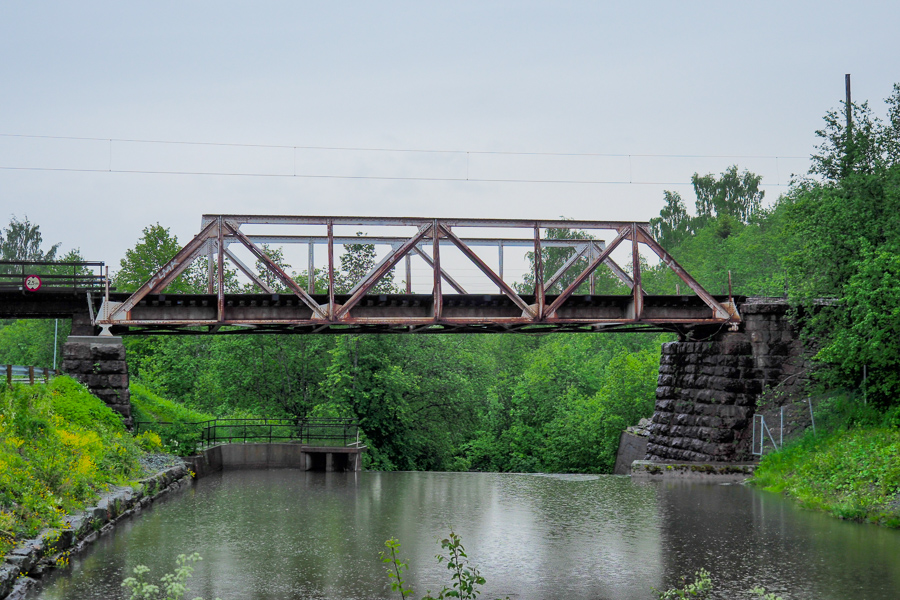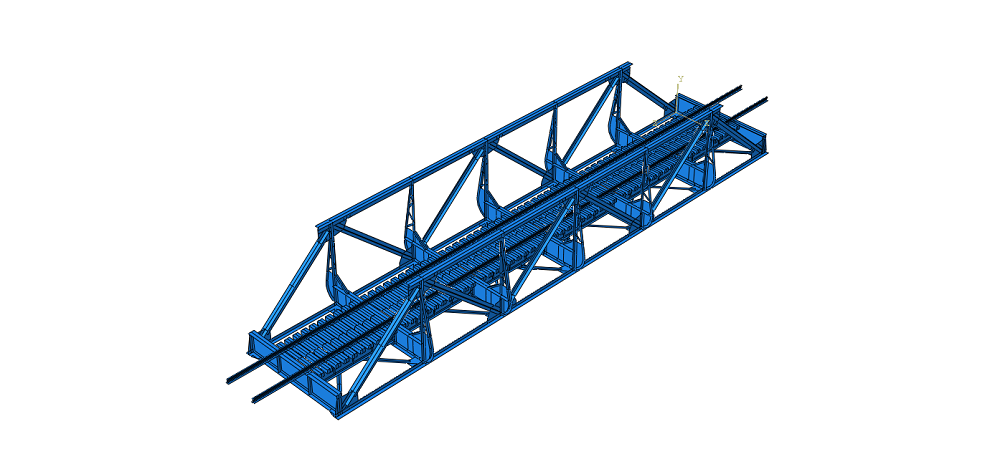Railway bridges - Research - Structural Dynamics - Department of Structural Engineering
Railway bridges
Railway bridges

The Norwegian Railway network was largely completed in the first half of the 20th century when axle loads and operational conditions were very different from current requirements. Much of the railway infrastructure has been upgraded when design life or other requirements made this necessary. Railway bridges are more challenging in this regard due to the fact that an alternate railway line, a second bridge or full operational stop is necessary in parallel with building a new one. A lot of resources are therefore needed to replace a single railway bridge.
Periodic inspections ensure that the railway network is safe for operation. Inspections also provide information about the current state of the bridge stock and are useful to identify cases where immediate repair and strengthening is necessary, but lack in the ability to predict the future response of these bridges under ever increasing axle loads and conditions.
The main objective of the research activity on railway bridges is to predict the remaining service life of these structures taking into account both historic, present and future loads. Numerical models give precise estimations on important response quantities and uncertainties are further reduced by validation and calibration of models with field measurements on existing bridges. Further description about field measurements on railway bridges can be found under Structural monitoring (Structural monitoring - Railway bridges).

